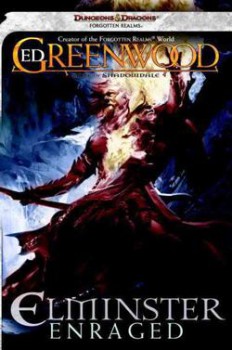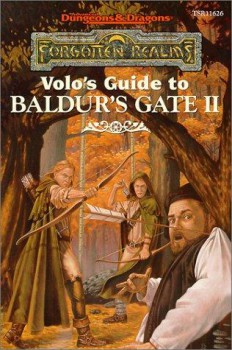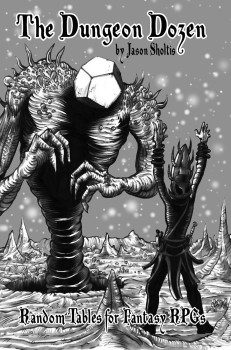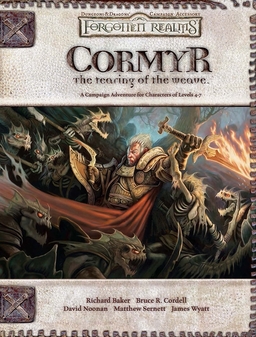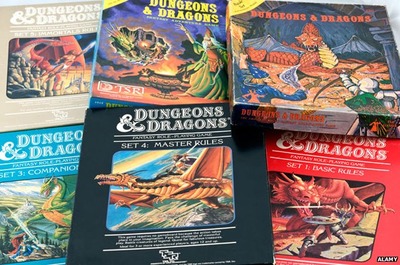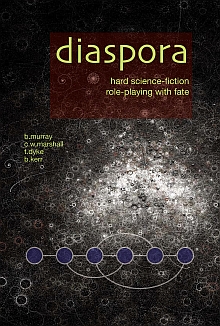Don’t Just Buy on Faith: Finding Your Own Deities & Demigods
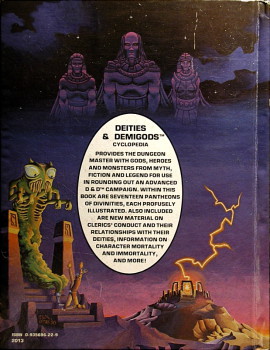 Any collector of older RPG material will tell you that one of the “Holy Grails” is a first edition Deities & Demigods (DDG) from 1980. It is of interest not only to Dungeons & Dragons aficionados, but also to fans of H.P. Lovecraft’s Cthulhu Mythos and Michael Moorcock’s Melnibonean Mythos (not to mention Fritz Leiber’s World Nehwon, home of the greatest sword-wielding duo of all time: Fafhrd & the Gray Mouser). This is because the first edition (actually, the first printing of the first edition) featured gods and characters from all three of those pantheons. Later editions dropped the first two for legal reasons.
Any collector of older RPG material will tell you that one of the “Holy Grails” is a first edition Deities & Demigods (DDG) from 1980. It is of interest not only to Dungeons & Dragons aficionados, but also to fans of H.P. Lovecraft’s Cthulhu Mythos and Michael Moorcock’s Melnibonean Mythos (not to mention Fritz Leiber’s World Nehwon, home of the greatest sword-wielding duo of all time: Fafhrd & the Gray Mouser). This is because the first edition (actually, the first printing of the first edition) featured gods and characters from all three of those pantheons. Later editions dropped the first two for legal reasons.
A first edition of this coveted tome just went for $56.98 (plus 5.95 shipping) on eBay after 17 bids. The winning bidder was probably ecstatic, because I’ve seen them go for a lot more (I paid more for one myself).
But if you start scouring the listings, you’ll soon notice many first editions being offered for as low as twenty bucks. What gives?
As with the gods themselves, when it comes to DDG, not all first editions are created equal. The Cthulhu and Melnibonean pantheons were pulled midway through the print run of the “first edition” (which throws the normal meaning of first edition right in the shredder, but never mind).
The best tip-off is the number of pages. The one you want has 144 pages; later printings have 128. Some sellers will advertise that they have a bona fide “Cthulhu” edition or that it contains the “Chaosium thank you,” but these are not indicators of veracity.
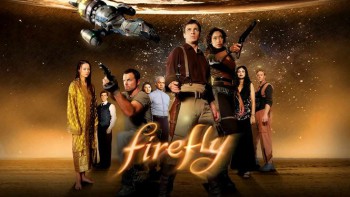 As might be expected from the guy who wrote
As might be expected from the guy who wrote 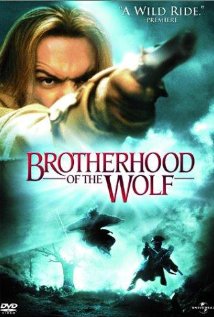 Now space opera and western are not terribly dissimilar, but
Now space opera and western are not terribly dissimilar, but 